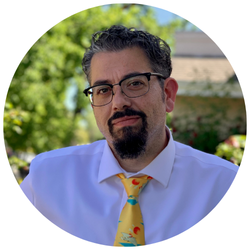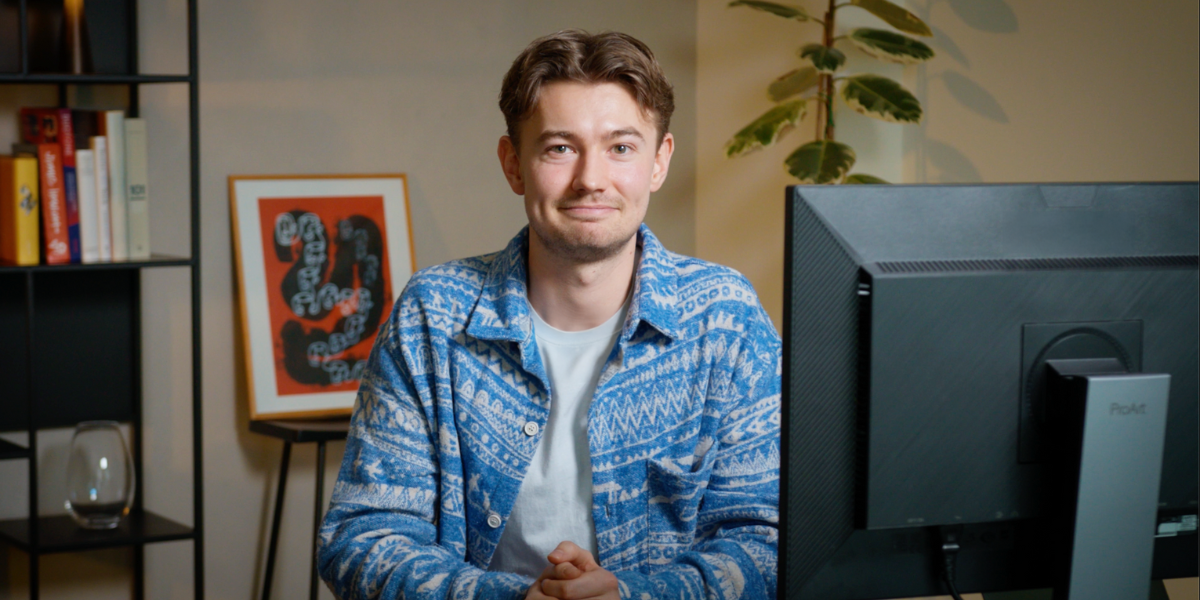1. Apprenez des pros
2. Fixez-vous des objectifs d'écriture
Les objectifs concrets vous donnent quelque chose de tangible vers lequel travailler, et c'est souvent la différence entre terminer un manuscrit et abandonner complètement.
3. Créez une routine
4. Utilisez les sprints d'écriture
Écrire consiste en grande partie à gérer son temps. Mais comment optimiser son temps quand les mots ne coulent pas à flot ? Essayez d'écrire par sprints.
Il s’avère qu’un peu de compétition – avec d’autres ou avec vous-même – peut vraiment faire avancer le processus, même lorsque cela donne l’impression de patauger dans la boue.
5. Faites-en une habitude
Les humains sont des créatures d'habitudes. Et c'est formidable, car elles libèrent de l'énergie mentale en automatisant nos actions et nous permettent de nous concentrer sur des tâches plus complexes, comme l'écriture.
Par exemple, lorsque vous prenez l'habitude de vous asseoir dans votre fauteuil préféré à 17 h pour écrire, vous n'avez plus besoin de dépenser votre énergie mentale pour décider si vous le faites. Et cela facilite grandement la mise en route.
Il existe de nombreuses façons de tirer parti de notre tendance à l'habitude pour nous aider dans notre processus d'écriture. De bonnes habitudes d'écriture, bien utilisées, peuvent nous aider à établir un rythme régulier qui nous permet de rester concentrés pendant notre temps d'écriture.
Découvrez ici les habitudes que les experts recommandent aux écrivains de cultiver.
6. Gamifiez votre processus
7. Créez votre espace de travail
Nous avons tous un endroit où nous aimons écrire. Avec un peu de chance, nous pouvons l'aménager comme bon nous semble. L'essentiel est de créer un espace propice à la concentration et à l'inspiration.
Parce que c'est l'espace d'écriture idéal : qu'il s'agisse d'un point fixe dans votre maison ou d'une installation qui voyage avec vous, le but de cet espace n'est pas d'être joli ou professionnel, ni d'impressionner les autres ou de bien paraître sur les réseaux sociaux.
L’objectif est de créer une ambiance qui vous donne envie d’ écrire .
8. Rejoignez une communauté
































